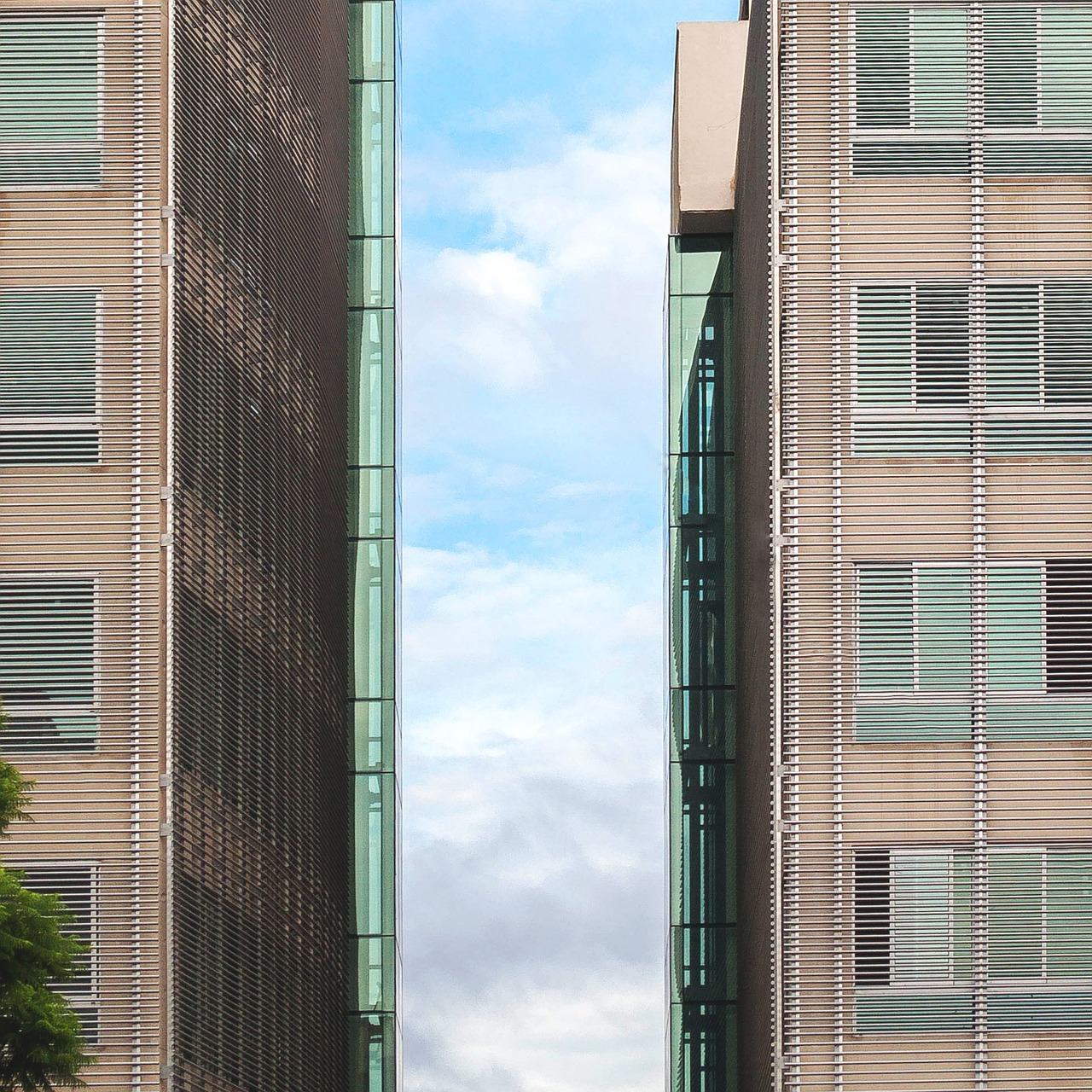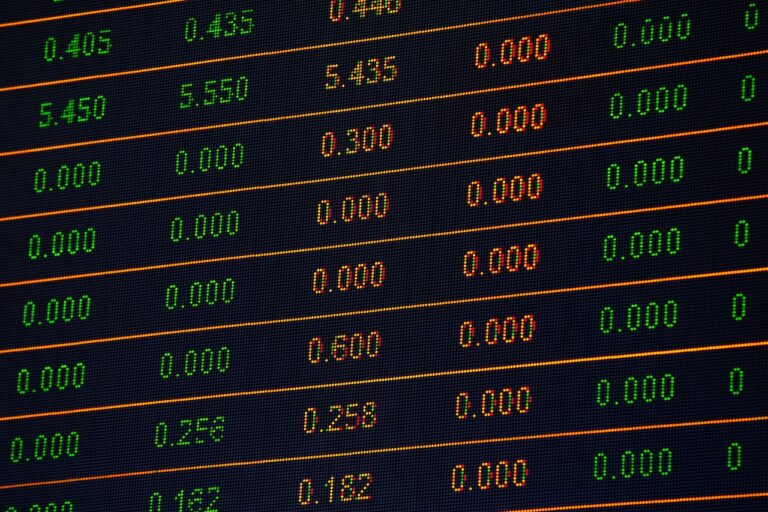Exploring the Business Case for Using Hempcrete in Residential Renovations: Betbhai, Cricket99 exchange, Diamondexch9.con
betbhai, cricket99 exchange, diamondexch9.con: Exploring the Business Case for Using Hempcrete in Residential Renovations
In recent years, there has been a growing interest in sustainable building materials that offer both environmental benefits and cost savings. One such material that has been gaining traction in the construction industry is hempcrete. Made from the inner woody fibers of the hemp plant mixed with lime and water, hempcrete is a versatile, lightweight, and durable building material that offers a range of benefits for residential renovations.
Benefits of Hempcrete for Residential Renovations
1. Sustainability: Hemp is a fast-growing plant that requires minimal water and pesticides to cultivate, making it a highly sustainable building material. Hempcrete also has a low carbon footprint, as it absorbs carbon dioxide during the curing process, making it a carbon-negative material.
2. Energy efficiency: Hempcrete offers excellent insulation properties, helping to regulate indoor temperatures and reduce the need for heating and cooling. This can lead to lower energy bills and a more comfortable living environment for homeowners.
3. Durability: Hempcrete is resistant to pests, mold, and fire, making it a durable and long-lasting building material. It also has excellent soundproofing properties, creating a quiet and peaceful indoor environment.
4. Health benefits: Hempcrete is an all-natural material that does not emit harmful chemicals or volatile organic compounds (VOCs). This can improve indoor air quality and create a healthier living space for residents.
5. Cost-effectiveness: While the initial cost of hempcrete may be slightly higher than traditional building materials, the long-term savings on energy bills and maintenance costs can make it a cost-effective option for residential renovations.
6. Versatility: Hempcrete can be used for a variety of construction applications, including walls, floors, and roofs. It can also be easily molded into different shapes and sizes, allowing for creative and unique design possibilities.
The Business Case for Using Hempcrete
1. Differentiation: By incorporating hempcrete into residential renovations, contractors can differentiate themselves in a competitive market by offering sustainable and eco-friendly building solutions that appeal to environmentally-conscious consumers.
2. Marketing opportunities: Using hempcrete in residential renovations can be a unique selling point for contractors, attracting clients who are looking for green building options and are willing to pay a premium for sustainable materials.
3. Cost savings: While the upfront costs of hempcrete may be higher than traditional materials, the long-term energy savings and reduced maintenance costs can result in overall cost savings for homeowners, making it a financially viable option for residential renovations.
4. Regulatory incentives: Some local governments offer incentives and rebates for using sustainable building materials like hempcrete, providing additional financial benefits for contractors and homeowners.
5. Industry trends: As the demand for sustainable building materials continues to grow, incorporating hempcrete into residential renovations can position contractors at the forefront of industry trends and future-proof their businesses.
6. Partnering with suppliers: Building relationships with suppliers of hempcrete and other sustainable materials can help contractors access a reliable source of materials and stay ahead of the curve in offering green building solutions to clients.
FAQs
Q: Is hempcrete legal to use in residential construction?
A: Yes, hempcrete is legal to use in residential construction in most jurisdictions, as long as it meets building codes and regulations for structural integrity and fire safety.
Q: Can hempcrete be used for new construction as well as renovations?
A: Yes, hempcrete can be used for both new construction and renovations, offering versatility and flexibility for a wide range of building projects.
Q: How does hempcrete compare to traditional building materials in terms of cost?
A: While the initial cost of hempcrete may be slightly higher than traditional materials, the long-term savings on energy bills and maintenance costs can make it a cost-effective option for residential renovations.
In conclusion, the business case for using hempcrete in residential renovations is strong, offering contractors a competitive edge, marketing opportunities, cost savings, and access to a growing market of eco-conscious consumers. By exploring the benefits of hempcrete and incorporating it into their building projects, contractors can tap into the potential of sustainable construction and future-proof their businesses for the long term.







